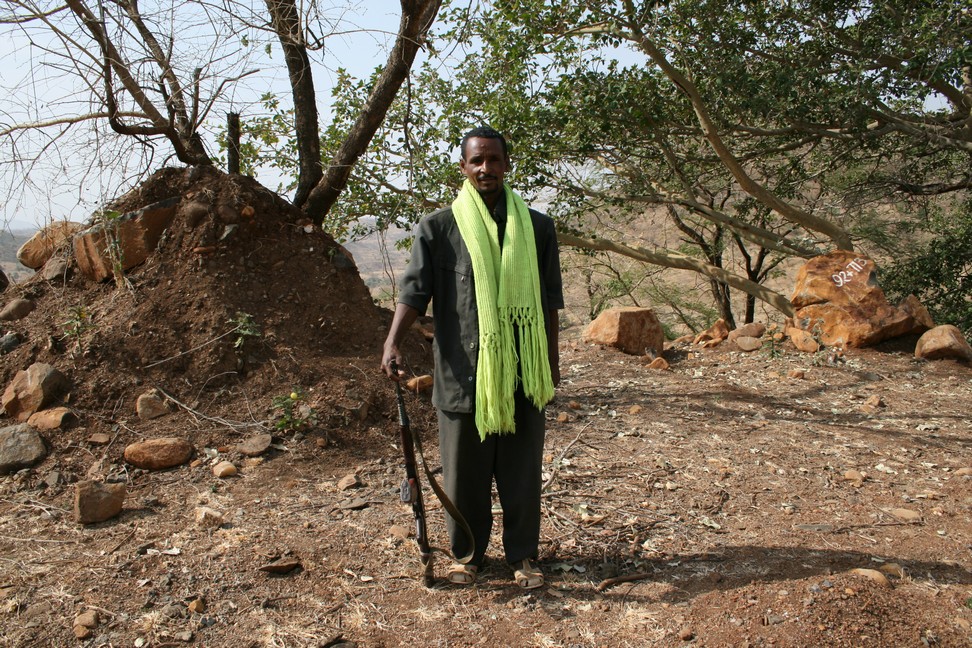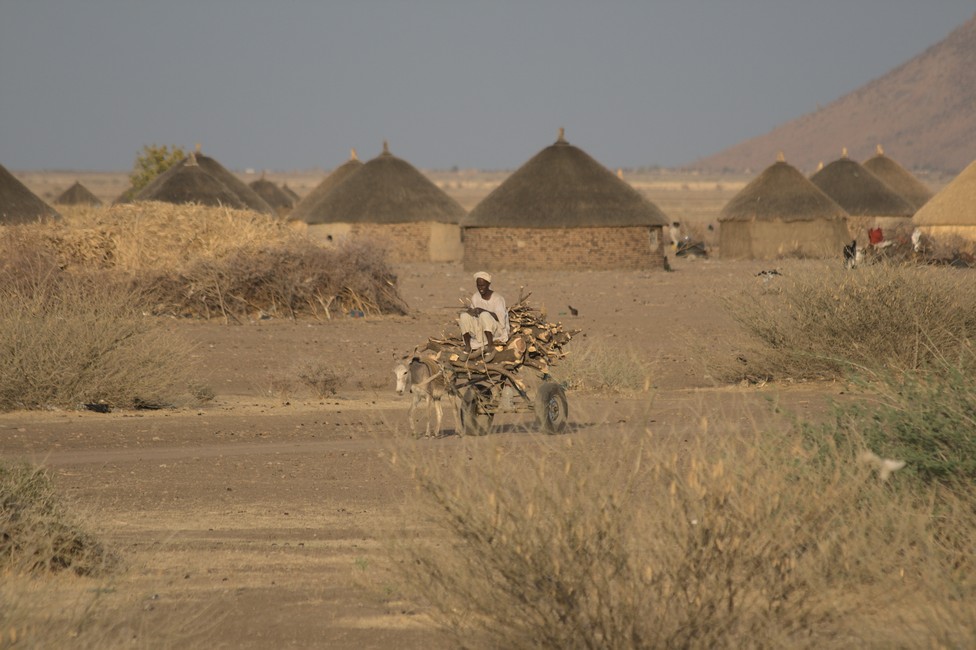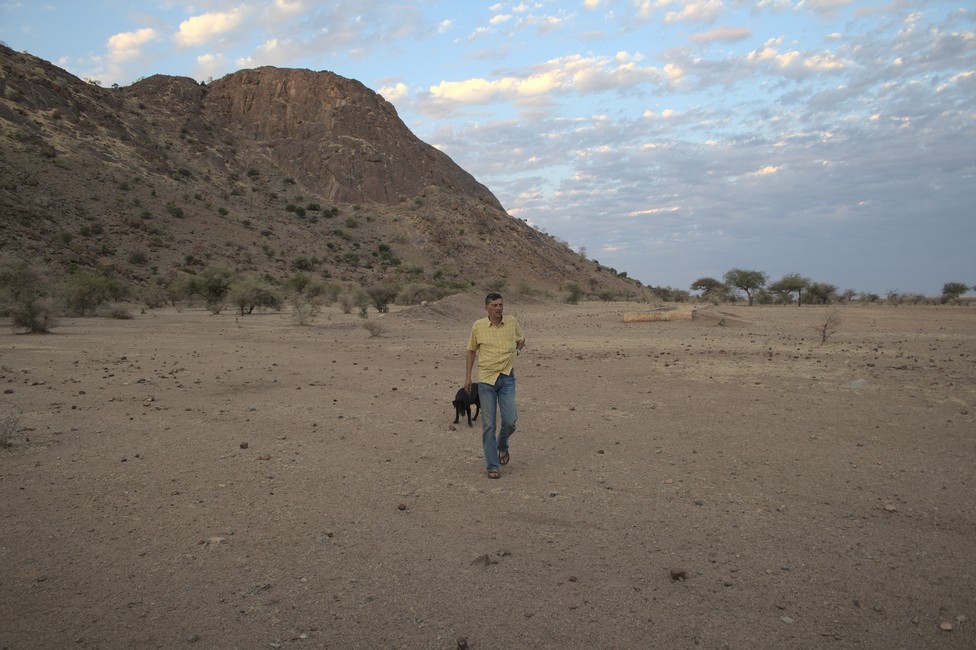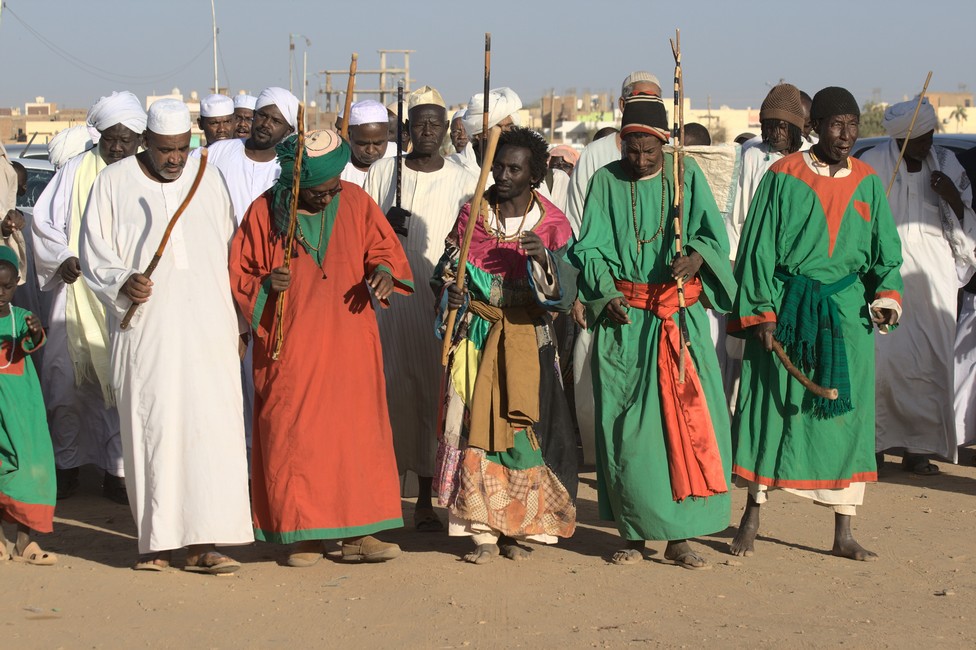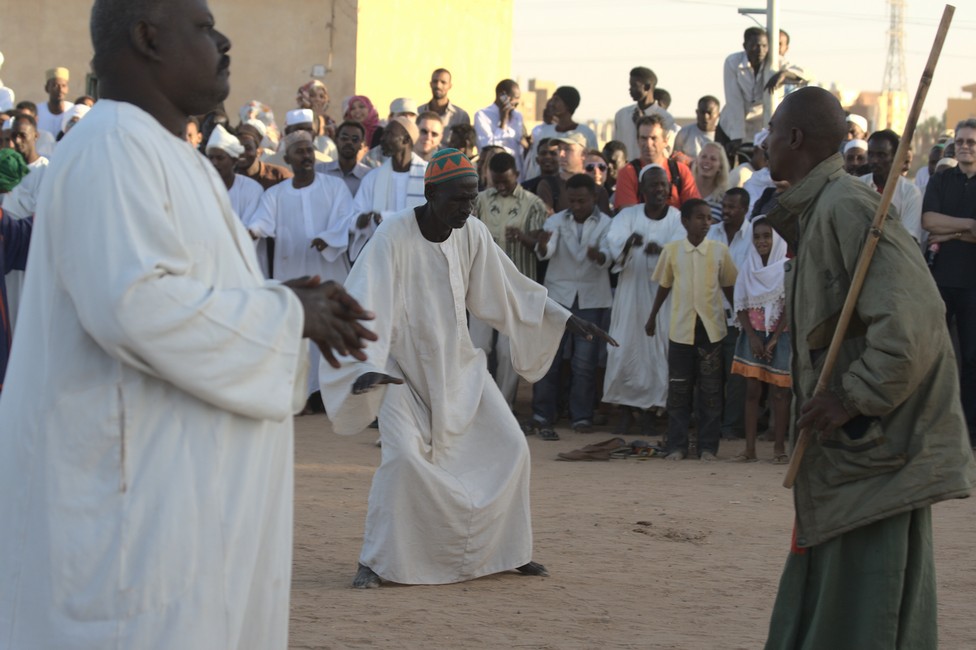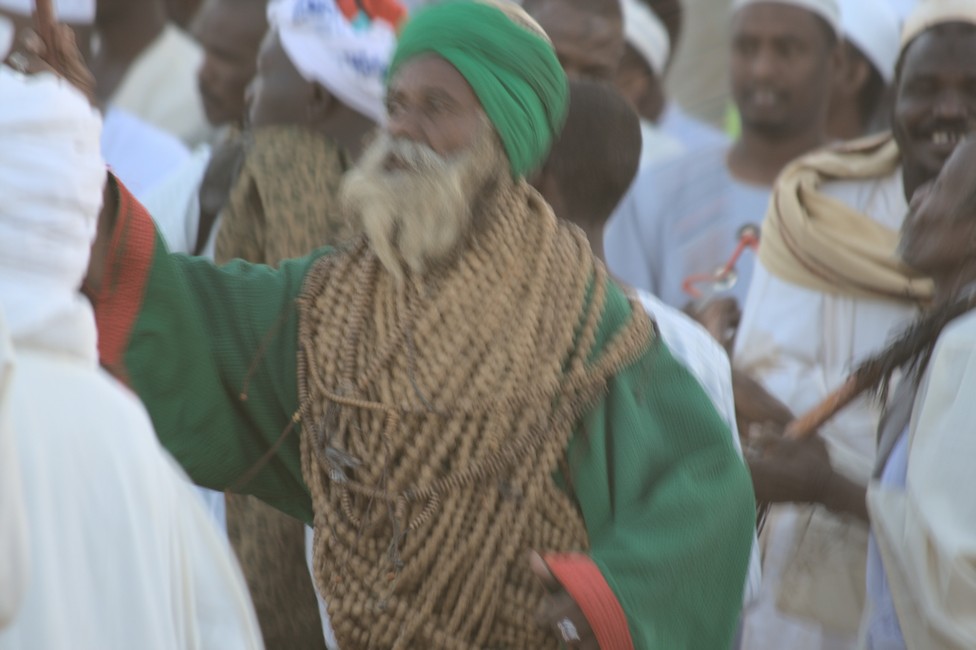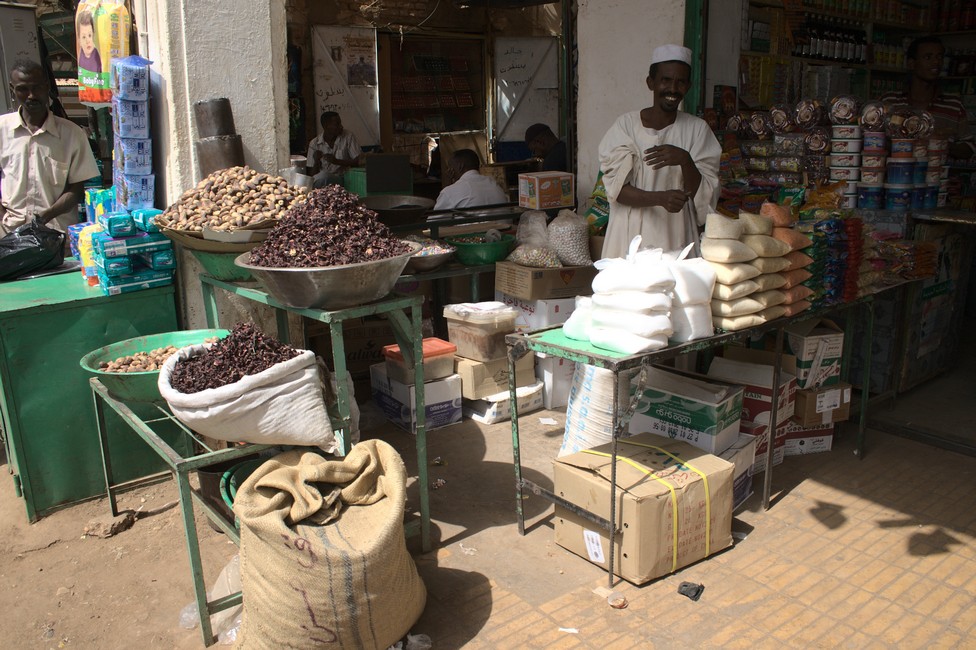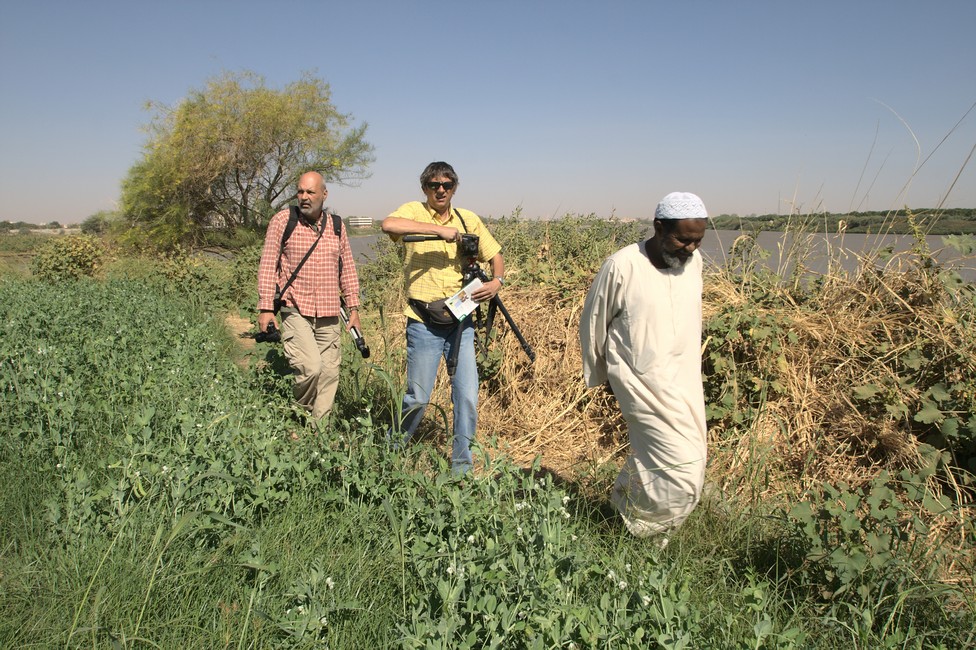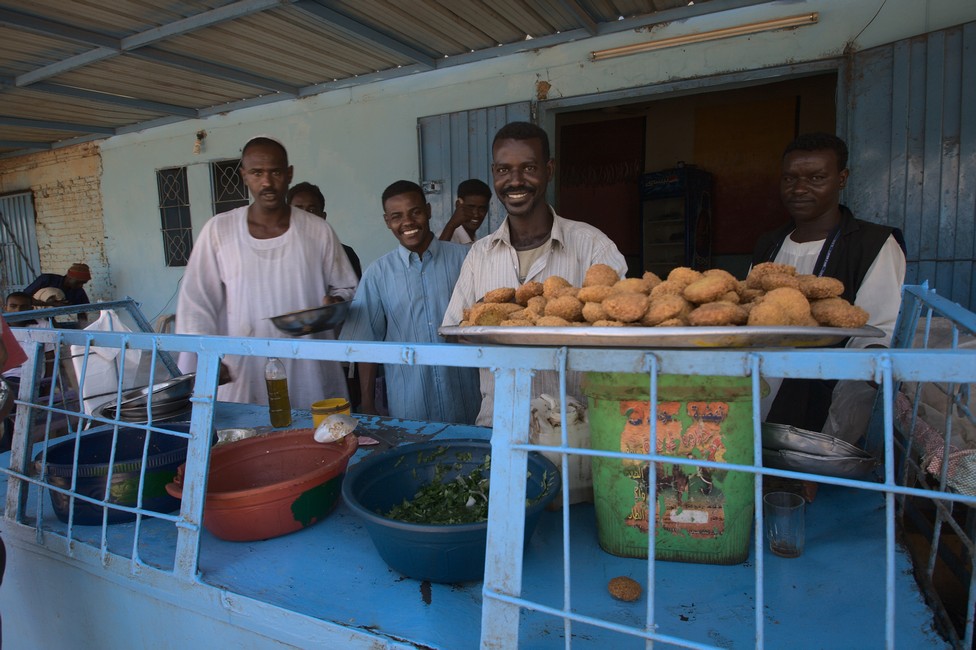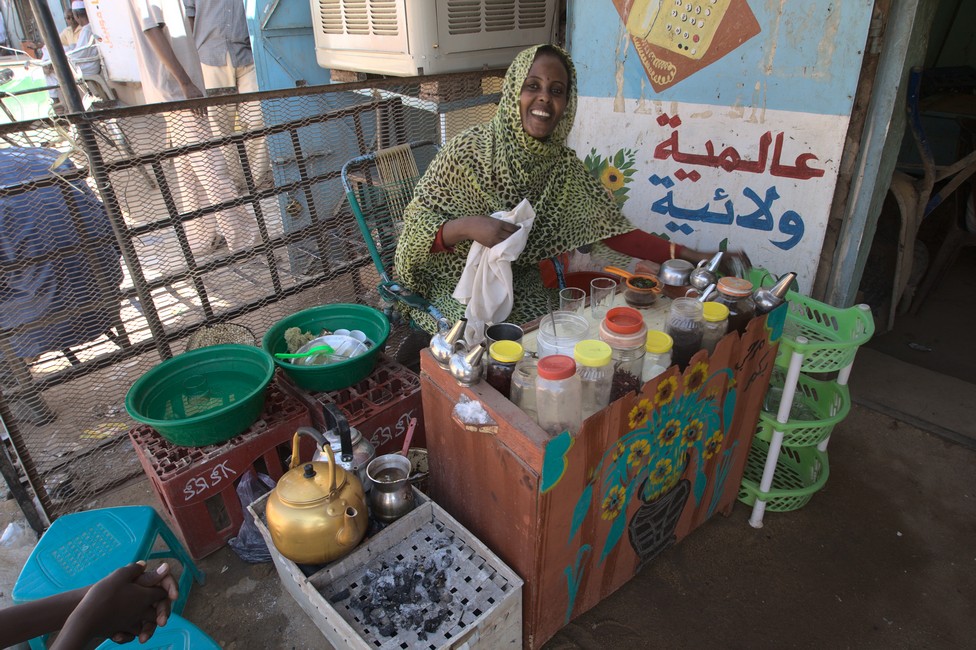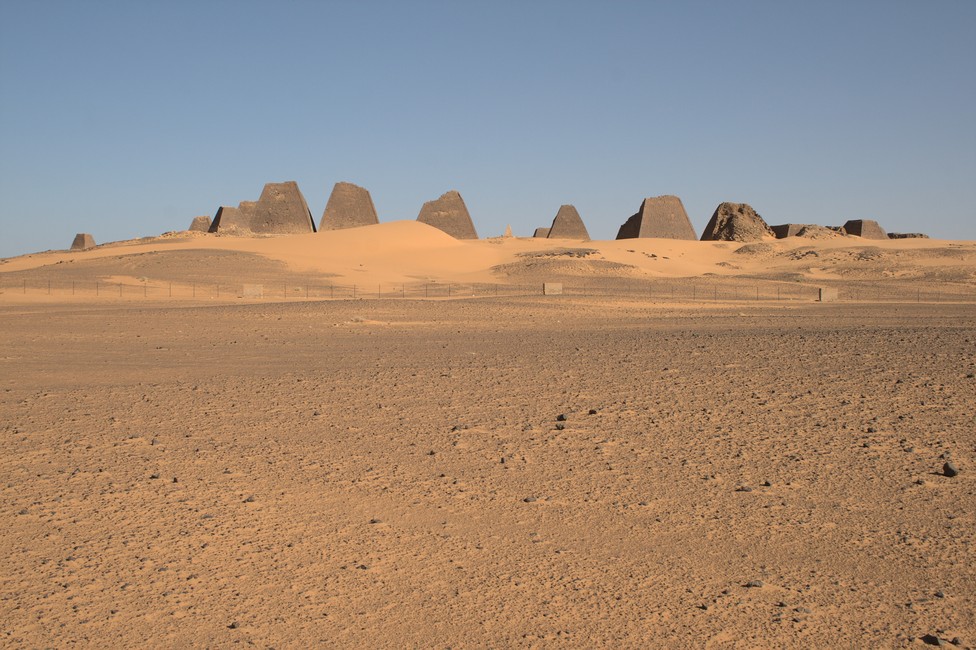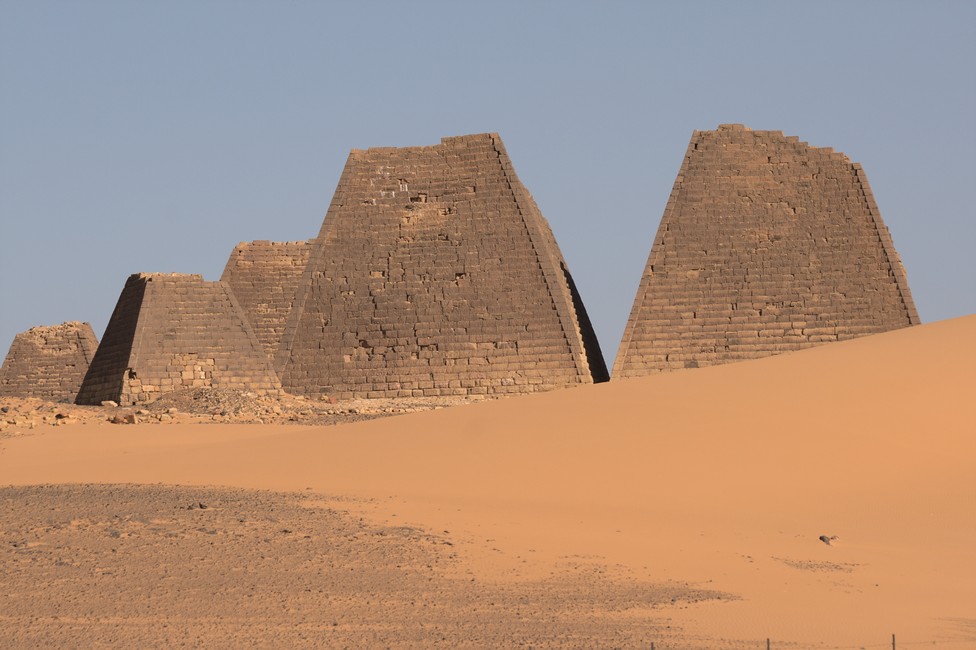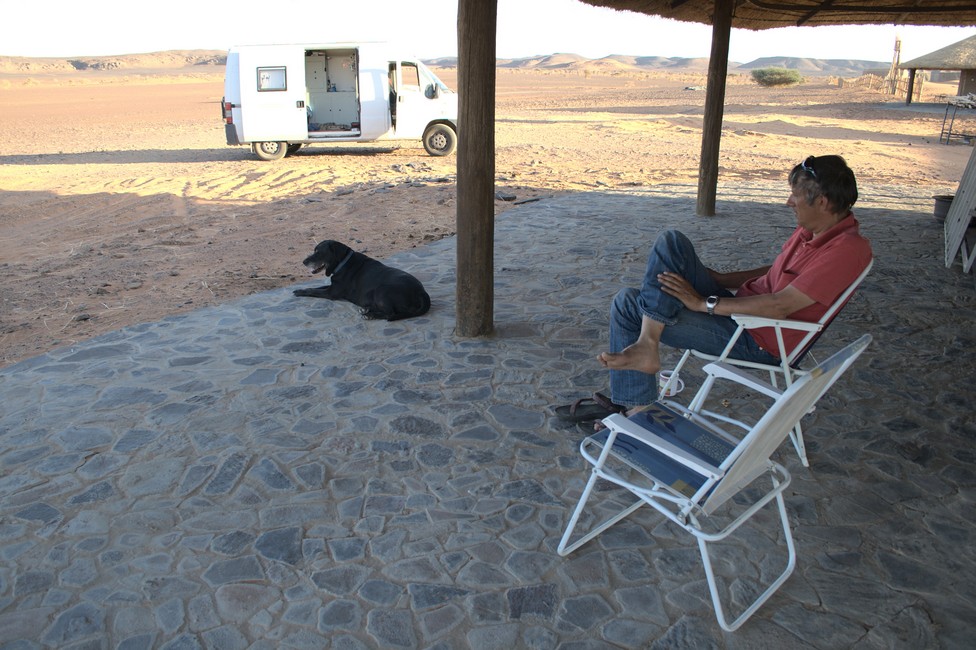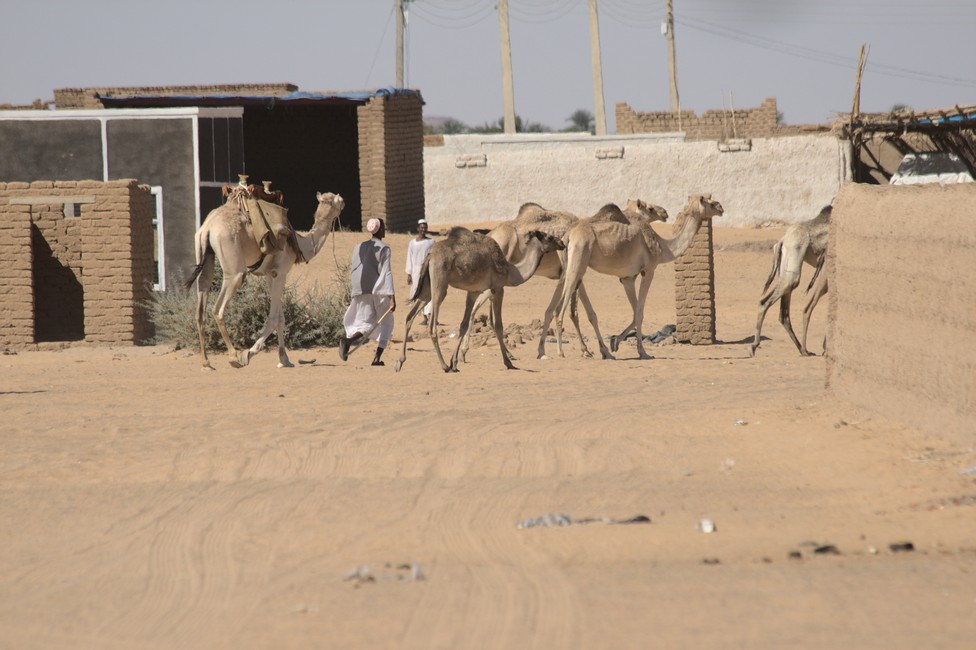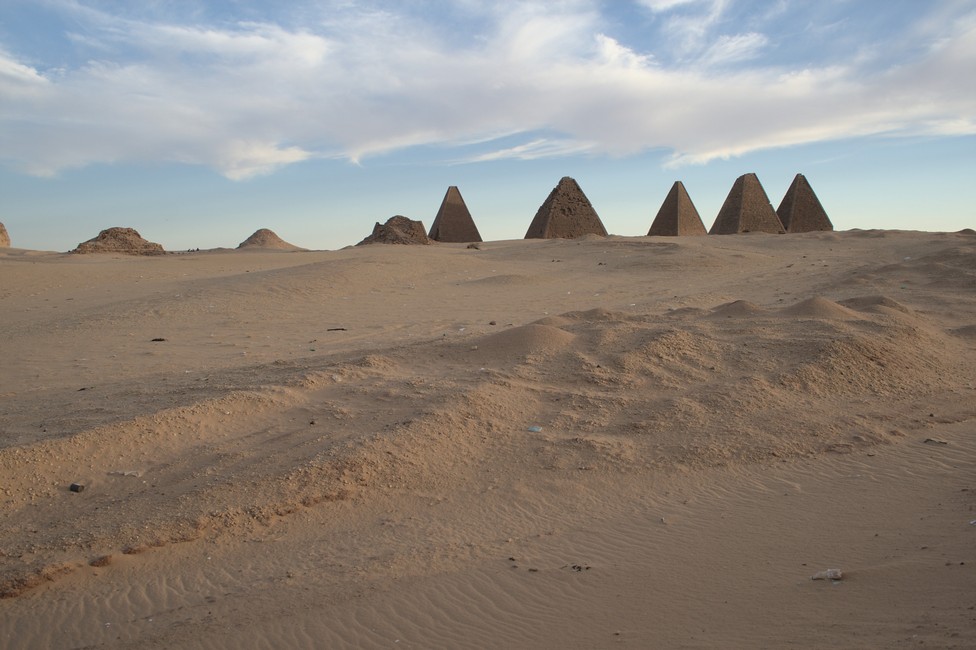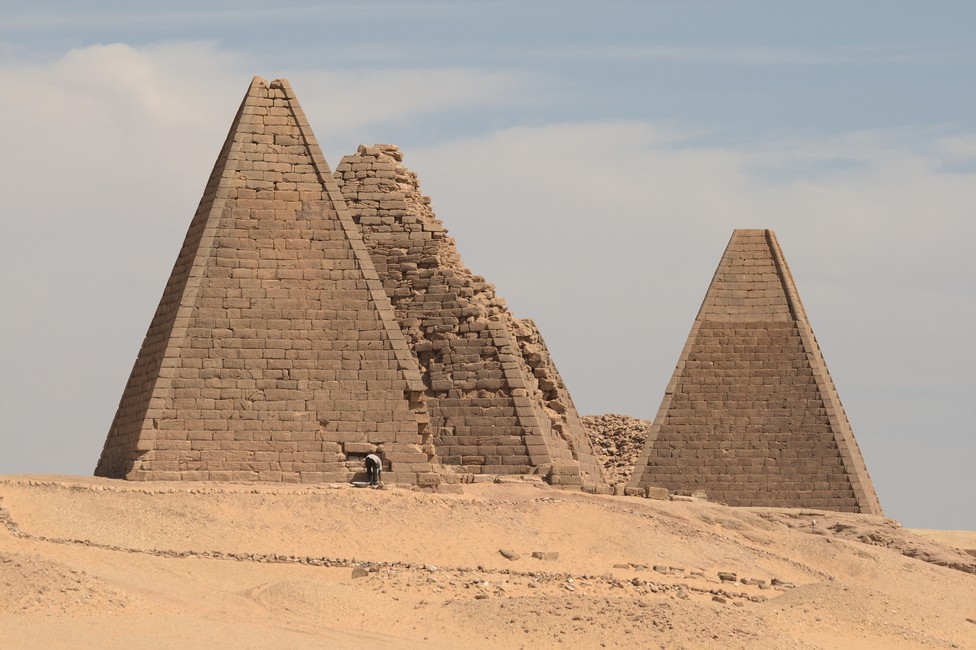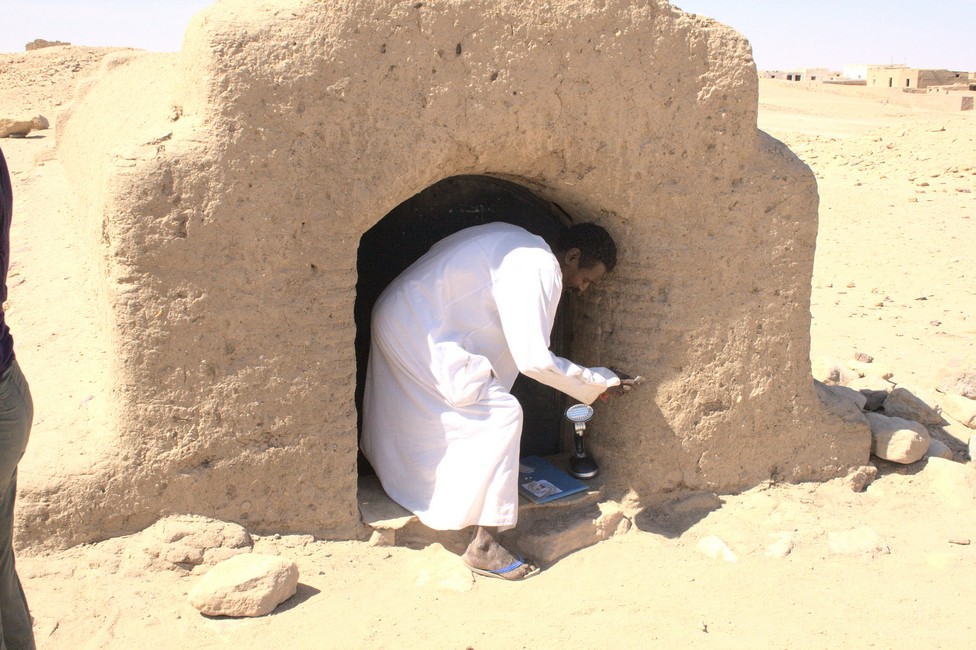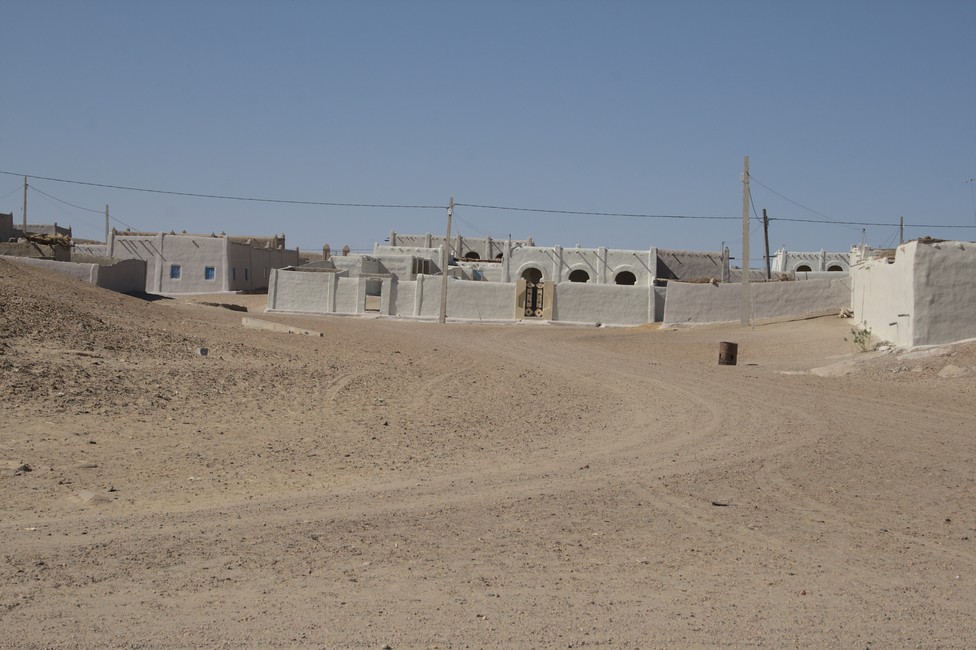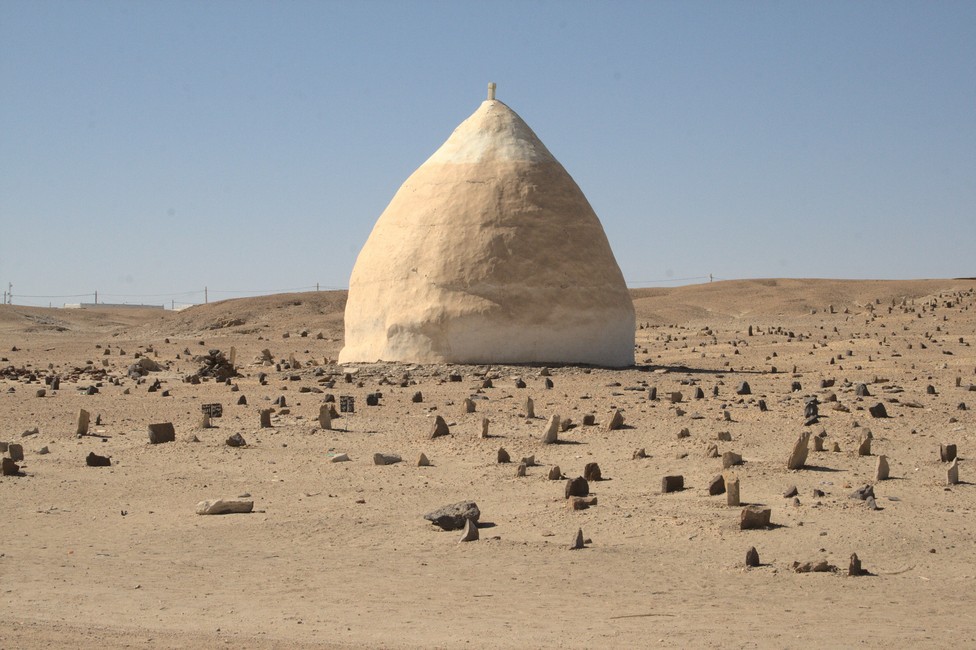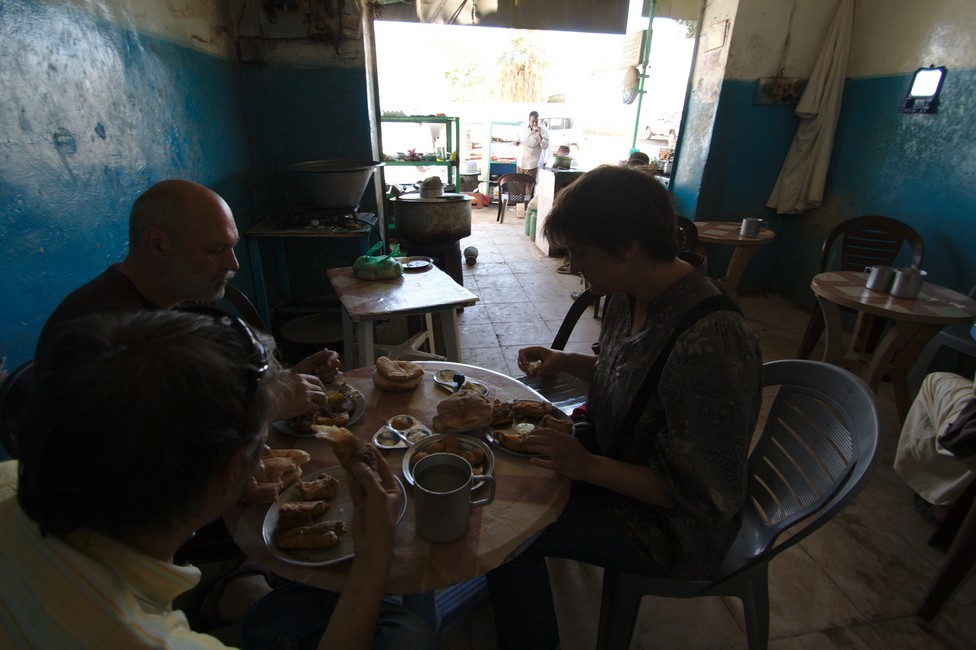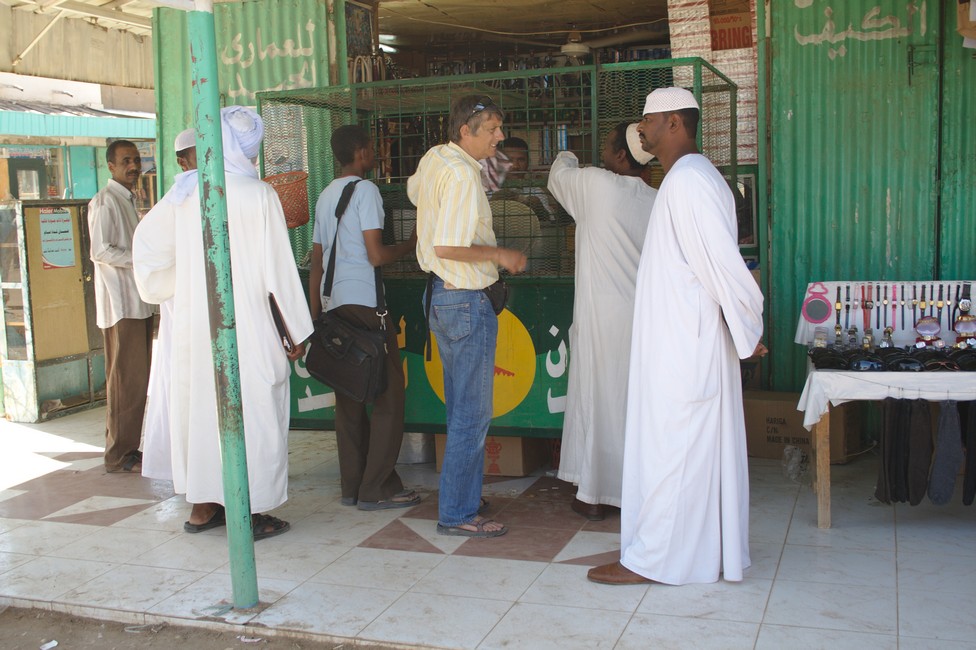Soon the paved road goes over into a gravel road. But it is in good condition and we can drive comfortably with 60 km / h.

After about an hour we reach Gorgora, from here it is about half an hour to Tim and Kim Village at Lake Tana. People at the roadside marvel, not often foreign vehicles come along here. We will see later in other parts of Africa that children sometimes run away in panic at the sight of white people. We later learned that here in Africa the white man is the one who steals the children, of course, not the black man like in Europe. Here the whites are the evil.
In the last village before Tim and Kim Village we come to a halt. The truck of Bodo and Bine is wide and high, and have problems with the low-hanging power lines. Because we are smaller and lighter and the road is uncertain, we drive ahead to see how the road condition is. The road is bad, but not impassable, we pass this information on by radio to our friends. And suddenly there in front of us, Lake Tana, the largest lake in Ethiopia. It is situated 1860 meters above sea level with a depth of 72 meters.
We drive to the camping area directly situated on the banks and are amazed that we again see the Dutch couple we had met months earlier in Cairo. Unfortunately, they continue on the same day. We have an idyllic spot overlooking the lake and want to relax for a few days, the last days we spent many hours in our vehicles.

Kim and Tim Village is a relief project, which goes back to a Dutch donor group. The goal is to build a lodge with a campsite in a few years and pass it on upon completion to a local manager. Tim and Kim build everything themselves, they only have a few helpers and work hard from morning to night. They are also far from civilization, thus exposed to many diseases and had been some serious attacks of malaria.
Schistosomiasis is apparently not existent in this part of Lake Tana, and so we use the water from the lake for washing and cooking. We enjoy the peace and tranquility at the lake and the beautiful landscape. Lake Tana is a paradise for ornithologists. There are countless species of birds, some only exist here at the lake.
Patient and disciplined people are waiting for the start of the distribution. The tension is high, the goods are spread out, and one can even munch on what pieces you can get hold of.

Tim manages the distribution, because he knows the residents of the village and tries to distribute balanced. Finally everyone should get its share and not one person all of the things. He also makes sure that everyone gets only those things he can also really need. Of course, it is difficult to prevent, that one or the other piece is finally sold on the black market, which however should not happen. On the other hand, if a shirt is exchanged or sold for something else, which is perhaps more urgently needed , the clothes donation meets its purpose, as long as no alcohol or drugs are purchased.
Of course there is juice and cake, a nice gesture of the two Dutchmen, because thus it is a meeting among friends and no relief distribution, the two really organized with sensitivity.
The distribution of Western goods is always problematic, in general the issue of development aid is controversy. We discuss on this subject many evenings and there appear some questions to be answered with great difficulty. Is it a disturbance for the culture of the people here, will they still produce their traditional clothing, does it create a dependency from the West,does it encourage begging, are people really in need or are they just in need within the meaning of Western thought, is one in need if there is no satellite dish on thatched roof? All difficult questions and we have seen, unfortunately, just a lot of abuse in Ethiopia from relief organisation, expensive land cruiser rushing down the roads, the sign of charity at the door, ultimately, everybody must decide for itself, how he deals with these things.

In any case, the action was much joy and we sort out our thoughts and our pictures, because we will head to Gondar, a city with much history.

